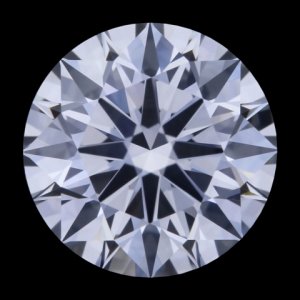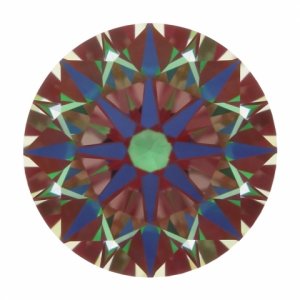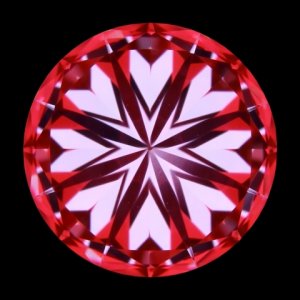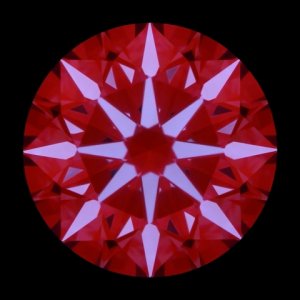You are using an out of date browser. It may not display this or other websites correctly.
You should upgrade or use an alternative browser.
You should upgrade or use an alternative browser.
Slight Milky SI2 Comment
- Thread starter SilkMan
- Start date
- Joined
- Mar 29, 2005
- Messages
- 1,536
gm89uk|1485990026|4123030 said:Abort, nothing worse than milky diamond. Often look worse in real life than in photography
Totally agree. I love a good SI2 but I would never, ever buy a milky diamond.
- Joined
- May 3, 2001
- Messages
- 7,516
As a vendor I am not allowed to post about a specific diamond. My comment below is my take on milky in any diamond.
As a RULE, I would not own, nor sell a milky diamond other than as a training aid to show clients why they do not want milky diamonds.
Sad thing about training aids is that someone always wants to buy them. I once had a half carat that with an AGS grade it would have been an AGS 8 or 9. It was a great teaching tool for showing the value of cut. In the ASET it showed more black and green than red. In real life it was a lifeless lump of crystallized carbon. In spite of it being marked NOT FOR SALE one of my sales people sold the thing for $350. The guy's wife was with them when they bought it, and it was the only half carat they could afford.
Years later I took it back in trade when they could afford a nice 3/4 carat, and I sold it to an AGS store that needed a sample of yucky cutting. I do still have the 0.33 ct that I paid retail to a pawnbroker for, I had purchased it to replace the half carat. It is even worse in the ASET than the half.
Oops. Rambling again. Not speaking of this diamond, but in general, if you buy a milky today, you will regret it later today, if not, certainly by tomorrow. You will not have the sparkle and dispersion that make a diamond beautiful and mesmerizing. That should make you sad, unless you just don't like sparkle and dispersion.
Wink
As a RULE, I would not own, nor sell a milky diamond other than as a training aid to show clients why they do not want milky diamonds.
Sad thing about training aids is that someone always wants to buy them. I once had a half carat that with an AGS grade it would have been an AGS 8 or 9. It was a great teaching tool for showing the value of cut. In the ASET it showed more black and green than red. In real life it was a lifeless lump of crystallized carbon. In spite of it being marked NOT FOR SALE one of my sales people sold the thing for $350. The guy's wife was with them when they bought it, and it was the only half carat they could afford.
Years later I took it back in trade when they could afford a nice 3/4 carat, and I sold it to an AGS store that needed a sample of yucky cutting. I do still have the 0.33 ct that I paid retail to a pawnbroker for, I had purchased it to replace the half carat. It is even worse in the ASET than the half.
Oops. Rambling again. Not speaking of this diamond, but in general, if you buy a milky today, you will regret it later today, if not, certainly by tomorrow. You will not have the sparkle and dispersion that make a diamond beautiful and mesmerizing. That should make you sad, unless you just don't like sparkle and dispersion.
Wink
- Joined
- Feb 29, 2012
- Messages
- 12,369
- Joined
- Dec 17, 2008
- Messages
- 28,145
Can you post a link to the AGS or GIA report. When there is not an obvious inclusion that the SI2 is based on then there is
a chance that the stone is cloudy (or milky) due to pin points, wisps or clouds. I see no obvious inclusion in the images you
posted so...it very well may be cloudy. Posts the lab report and we can see if maybe there is an inclusion that is somehow not
showing up on the images.
a chance that the stone is cloudy (or milky) due to pin points, wisps or clouds. I see no obvious inclusion in the images you
posted so...it very well may be cloudy. Posts the lab report and we can see if maybe there is an inclusion that is somehow not
showing up on the images.
- Joined
- Jul 21, 2004
- Messages
- 9,159
Share:
Past, Present, Future: The Meaning of Three-Stone Engagement Rings
Past, Present, Future: The Meaning of Three-Stone Engagement Rings - 04/14












300x240.png)